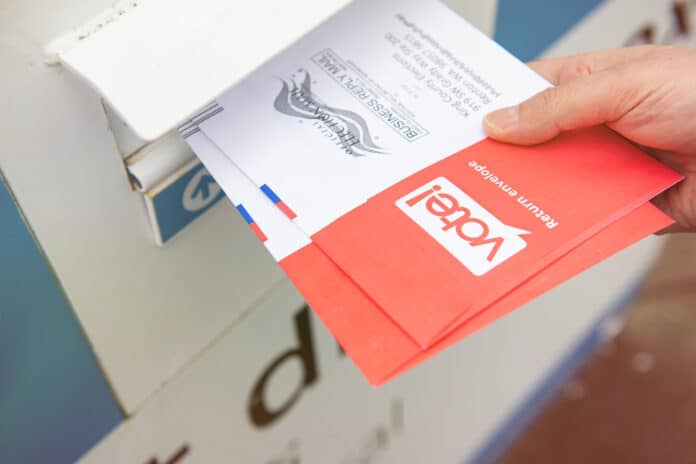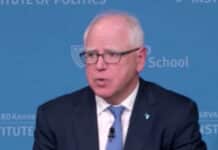
If Minnesotans turn out for the 2024 election at roughly the same volume they did four years ago, that means about 10 percent of voters have already cast their ballots for president all the way down to school board, district judge or city council.
That’s according to the latest early voting data Minnesota Secretary of State Steve Simon shared on Thursday.
Since early voting began in Minnesota on Sept. 20, more than 337,000 ballots have been accepted by election officials in cities, counties and townships across the state. That accounts for about half of the nearly 717,000 absentee and mail ballots that were distributed to Minnesotans over the last four weeks.
While those totals outpace the mail and absentee ballots cast in the 2016 general election, the pace to date that Minnesotans are voting early during this election cycle is well short of the record high absentee voting tallies in 2020.
Four weeks into early voting in 2016, nearly 151,000 absentee or mail-in ballots had been received by election officials. In 2020, in the midst of the COVID-19 pandemic, that number ballooned to more than 911,000.
As of Friday, many local election offices are now offering in-person direct balloting which replicates the Election Day experience by allowing voters to put their ballots directly into ballot tabulators. But those direct balloting locations are consolidated into fewer locations than they will be on Nov. 5, Simon said.
“We’re more than halfway through voting season in Minnesota and now is the time to make a plan to vote,” Simon said at a press conference he held in Blaine on Thursday, where he showcased how election officials conduct “public accuracy” tests of voting machines to ensure they are accurately tabulating ballots.
“What you are going to see here today (at the polling location in Blaine) is going on, if not today, then in a few days from today, at literally hundreds of polling places in Minnesota,” Simon told media who gathered to watch election judges demonstrate how they test voting machines prior to using them in the election.
“Every single locality in Minnesota that uses and owns elections equipment has to do this,” Simon added. “Before and after this testing is completed, these machines will be kept safe under lock and key.”
Voter turnout expected to match 2020 election cycle
During the last presidential election cycle in 2020, more than 3.2 million Minnesotans cast votes for president. With the presidential race, a constitutional amendment ballot question, U.S. Senate race, U.S. House and state house races on the ballot, turnout is expected to be on par with 2020. Both the Republican Party of Minnesota and Minnesota DFL Party have been making efforts to utilize their basic political operating units to reach out to their respective voter bases to encourage early voting. And it seems that candidates for elected offices up and down the ticket and across party lines are spreading the same message.
On Wednesday, Republican Congressman Brad Finstad appeared before voters at a candidate forum in Mankato encouraging them to “vote on or before Nov. 5.”
Earlier in the week DFL Congresswoman Ilhan Omar encouraged voters in Minneapolis to take advantage of “early voting pop-up centers [that] start next week and are a great way to vote!” Those pop-up voting locations listed included: Weisman Art Museum at the University of Minnesota, Midtown Global Market, Minneapolis Institute of Art and the Capri Theatre, along with a handful of municipal recreation centers. Hours those pop-up early voting locations were operating were limited and dependent on location.
Hank Long
Hank Long is a journalism and communications professional whose writing career includes coverage of the Minnesota legislature, city and county governments and the commercial real estate industry. Hank received his undergraduate degree at the University of Minnesota, where he studied journalism, and his law degree at the University of St. Thomas. The Minnesota native lives in the Twin Cities with his wife and four children. His dream is to be around when the Vikings win the Super Bowl.











